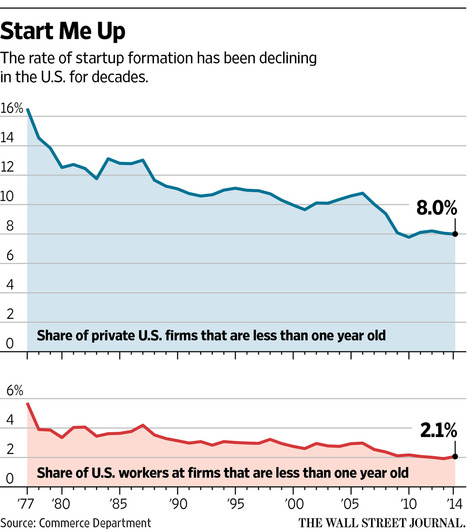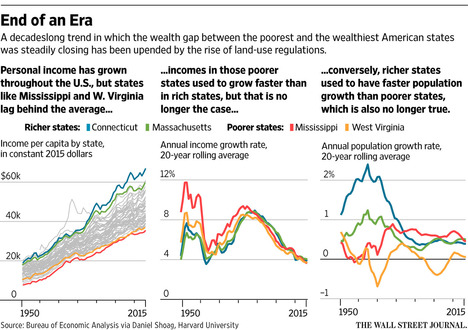(p. B1) For nearly 20 years, economists have been debating how cabdrivers decide when to call it a day. This may seem like a trivial question, but it is one that cuts to the heart of whether humans are fundamentally rational — in this case, whether they earn their incomes efficiently — as the discipline has traditionally assumed.
In one camp is a group of so-called behavioral economists who have found evidence that many taxi drivers work longer hours on days when business is slow and shorter hours when business is brisk — the opposite of what economic rationality, to say nothing of common sense, would seem to dictate.
In another camp is a group of more orthodox economists who argue that this perverse habit is largely an illusion in the eyes of certain researchers. Once you consult more precise numbers, they argue, you find that drivers typically work longer hours when it is in their financial interest to do so.
. . .
So who is right? That’s where Uber comes in. When one of the company’s researchers, using its supremely detailed data on drivers’ work time and rides, waded into the debate with a paper this year, the results were intriguing.
Over all, there was little evidence that drivers were driving less when they could make more per hour than usual. But that was not true for a large portion of new drivers. Many of these drivers appeared to have an income goal in mind and stopped when they were near it, causing them to knock off sooner when their hourly wage was high and to work longer when their wage was low.
. . .
“A substantial, although not most, frac-(p. B5)tion of partners do in fact come into the market with income targeting behavior,” the paper’s author, Michael Sheldon, an Uber data scientist, wrote. The behavior is then “rather quickly learned away in favor of more optimal decision making.”
In effect, Mr. Sheldon was saying, the generally rational beings that most economists presume to exist are made, not born — at least as far as their Uber driving is concerned.
. . .
As for Mr. Sheldon, the Uber paper’s author, he attributed his finding to the adventurous nature of many Uber drivers, who were open to running headlong into unfamiliar territory. It’s the sheer unfamiliarity of the Uber driving experience, he speculated, that may explain the initial bout of economically irrational behavior.
Mr. Sheldon was less open to the idea that people who did not depend on Uber for their livelihood helped account for his finding. So far as Uber can tell from other research, he said, those who drive irregularly respond more to fare increases than more regular drivers, at any level of earnings.
For the full story, see:
NOAM SCHEIBER. “Are Uber Drivers Rational? Not Always, Economists Say.” The New York Times (Mon., SEPT. 5, 2016): B1 & B5.
(Note: ellipses, and bracketed date, added.)
(Note: the online version of the story has the date SEPT. 4, 2016, and has the title “How Uber Drivers Decide How Long to Work.”)
The working paper by Michael Sheldon mentioned above, is:
Sheldon, Michael. “Income Targeting and the Ridesharing Market.” Working Paper, Feb. 18, 2016.



